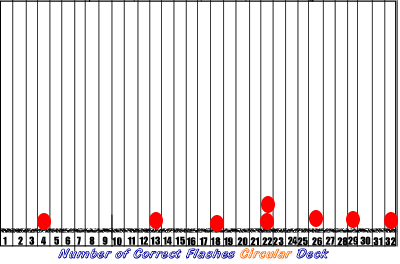 VS.  |
It has recently come to our attention that some people believe children learn and recall math facts better when they are presented on a circular medium.
We here at themathlab.com are still not sure whether this is true, but we think that a bit of data gathering and analysis may be enlightening.
So if you're curious, come on along and try the following activity with a bunch of your friends.
![]()
![]()


![]()



|
Home | About
Us | Algebra| Dictionary | Games | Geometry | Gym | Humor | Lab | Magic | Natural Math | PreAlgebra | Resources | Teachers Only | Toolbox | Treasures | Videos | Wonders | Writings |
Copyright © 1999-2020 themathlab.com


